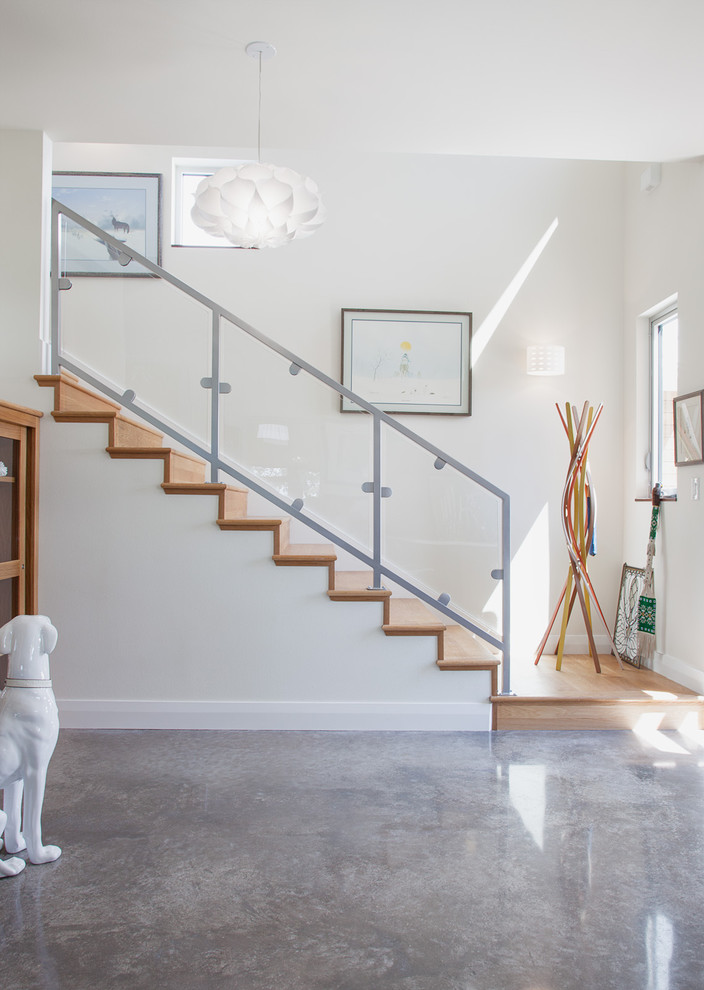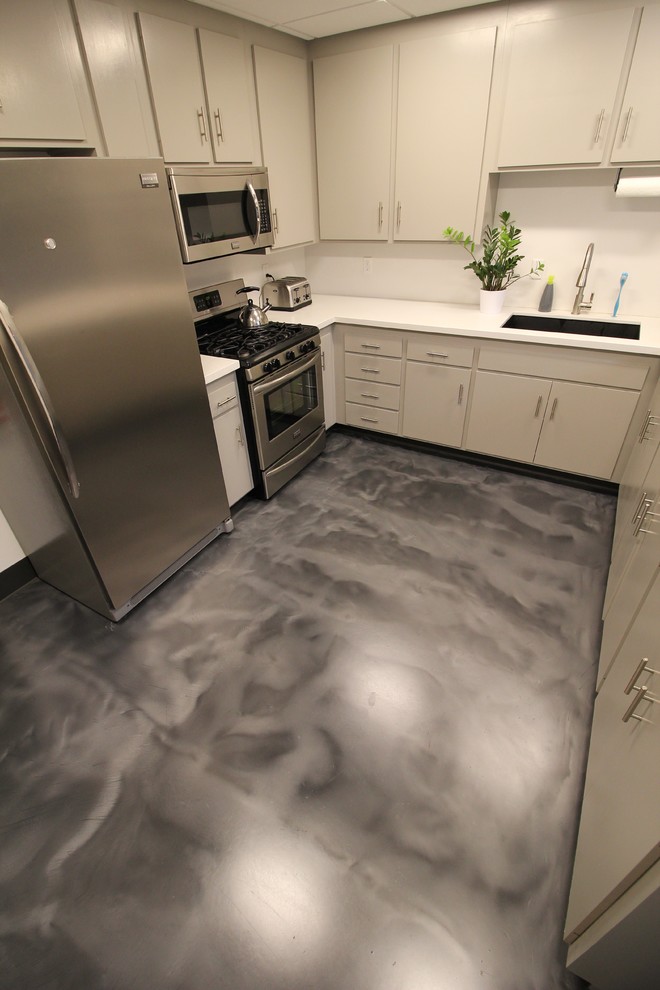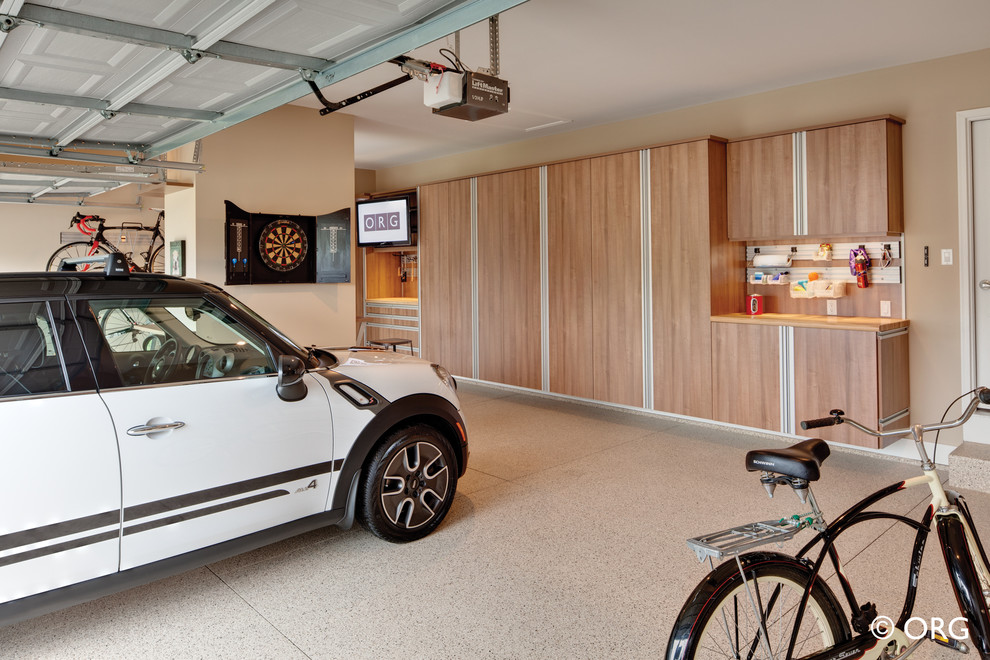How Thick Can You Pour Epoxy Floor Coating
Epoxy floor coatings are popular thanks to their protective, resilient, and aesthetically pleasing nature. Adding an epoxy floor coating can have a lot of advantages, both in residential and commercial settings.
Based on this, if you are in the planning stage of an epoxy floor coating project, one obvious question might come to mind. How thick can you pour epoxy floor coating? Is there a standardized thickness? How do you decide on an ideal thickness for your area and use case?
With this article, we provide all the answers. Read on to learn about every factor you need to consider while choosing how thick to pour your epoxy floor coating and some use case examples that can help you arrive at the right thickness, material choices, and considerations for your own projects.
Understanding Epoxy Floor Coating Thickness
There are two important factors that determine the ideal thickness for an epoxy floor coating. The first is the factors, conditions, and use case you want the coating for. The second is the kind of epoxy floor treatment you choose. Different kinds of epoxy floor treatments come in different coating thickness.
Photo by Kailey J. Flynn Photography
Typically, the more stability, inertness, and longevity you expect from your floor, the thicker and higher quality your coating should be. This means that residential treatments, in general, are thinner while commercial epoxy treatments are laid down thicker, as they can face a lot rougher use and wear and tear over the years.
With regard to the ideal thickness of the floor coating for different use cases, here are a few important considerations:
- How good is the concrete? The quality of the concrete flooring on which you are planning to apply the epoxy floor coating decides, in a large part, the thickness of the coating you would need. If you have a relatively new concrete floor that is in perfect condition or has suffered very little damage, you can definitely get away with a thinner coating (2 coat process). If, on the other hand, the concrete floor is very old, has visible damage, or has developed cracks, it’s a prudent idea to use a thicker coating (3 coat process) to provide better protection to the floor.
- How much traffic do you expect? The more traffic you expect to have, the thicker you should apply the epoxy coating. This means that residential areas and public areas with light foot traffic can get away with a thinner coat of epoxy. Taking this into account, commercial areas where you can expect heavy foot traffic, vehicle traffic, or the movement of heavy machinery will need a thicker coat of epoxy.
- Are you expecting exposure to chemicals? Any area that gets exposed to harsh chemicals routinely needs a chemical resistant top coat, such as a polyaspartic or a polyurethane. This is to offset any possible damage that the floor might suffer from the chemicals and also contend with routine wear and tear resulting from heavy cleaning on a daily basis.
Keeping these important factors in mind, you can see how your use case would influence the ideal thickness of the epoxy floor coating you apply. Now, let us take a look at some standard epoxy floor finishes and their standard thickness values so that you can make an informed choice for your own project.
How Thick Should You Pour Epoxy Floor Coating?
For most use cases, the thickness of epoxy floor coating is approximately 8 mils per coat for standard applications. The thickness is determined by the type of application and surface quality.
Photo by Life Deck Coating Installations
Let us talk about a few typical epoxy floor coating applications, their usual thickness, and the use cases they might be ideal for.
Thick Epoxy Floor Coatings
For higher traffic areas and in certain kinds of commercial settings, a thicker, more durable coating of epoxy will be a better fit. This is also true for public areas like garages with a lot of expected vehicle traffic.
In such cases, the epoxy coating is usually in the range of 10-20 mils in thickness. This can easily be a 3-coat system, where the substrate is first prepared with the application of a primer. Then, the main epoxy coating is applied in a thick layer. Typically, the epoxy used in these applications is called “high build epoxy”. The floor is then finished with a protective top coat.
This creates a durable floor that is easy to maintain and can last for decades.
Very Thick Epoxy Coatings
This kind of coating is for commercial areas which experience a lot of traffic, regular movement of heavy machinery, or frequent exposure to harsh chemicals. These coatings can be a quarter-inch thick or even thicker.
Usually, after the primer application, a three-part mix is prepared with the two component epoxy elements and an aggregate material like sand. This slurry is then applied to the floor in a thick coating to create a base coat that is extremely durable and resistant to wear. This is then followed by a top coat for added protection and a polished, glossy finish.
Key Aspects
To sum up, how thick you can pour your floor epoxy coating depends on a lot of factors. You need to consider these factors carefully and decide the thickness according to the merits of the project.
Thicker coatings of floor epoxy, in general, need more effort in floor preparation. Make sure you have the time and resources available to allocate to that end. The installation process is also time-consuming, you need more material and more layers, and the curing process can also take a long time. On the other hand, you get an incredibly durable floor.
On the flip side, a thin epoxy floor coating is great for smaller projects, can be applied in very little time, and can have lasting benefits. Moreover, if the underlying floor has imperfections like holes or scratches, it’s much more difficult to obtain notable results with a thin coating.
With certain substrates, you need to use a thick coating by default. Keep these details in mind, purchase the right solution, and get your epoxy floor coating to an ideal thickness, as dictated by your use case for the best results.













